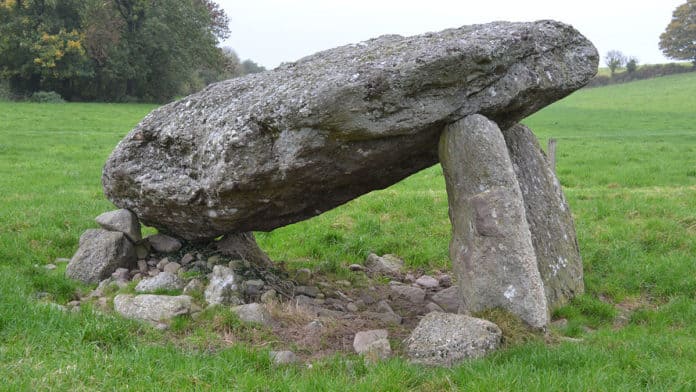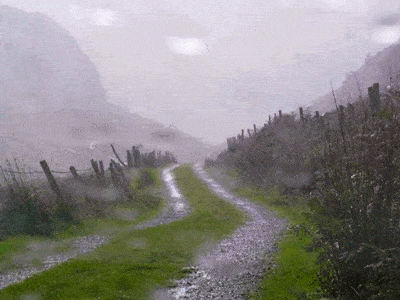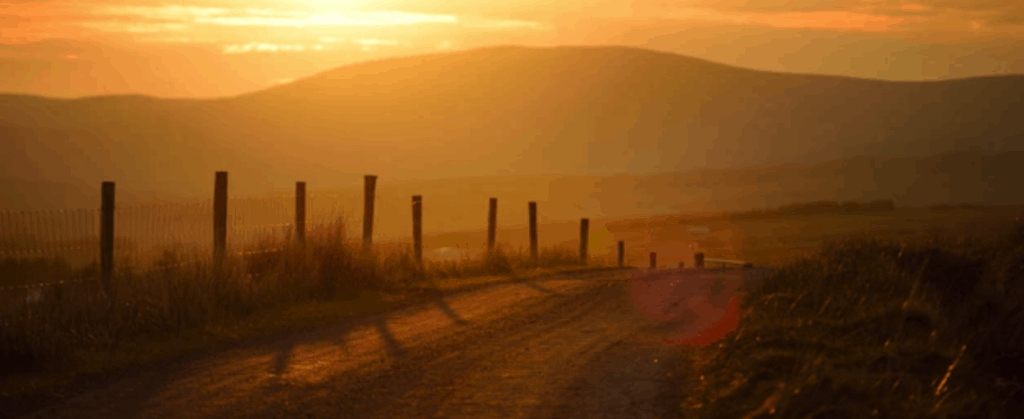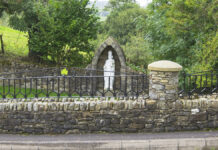
Of the millions of tourists who visit Ireland annually, many will stick to the tried-and-tested popular sites and attractions.
Tour operators and travel agents make it extremely easy to get to such places, and very little planning or preparation is required by the visitors themselves.
For those who are interested in exploring the country’s lesser-known sites, a little more organisation is required.
While the visiting guidelines for each site will differ, this article aims to provide some tips to anyone wanting to leave the beaten track and experience some of Ireland’s fantastic megalithic ruins, monastic ruins, church ruins and graveyards.
We also have Visiting Guidelines for visiting Ireland’s sacred sites, that covers the more religions and ‘active’ heritage sites.
Whether you want to know what clothes to wear, how to behave at the site or how to actually get to a remote location in a part of the world you are completely unfamiliar with, you will find some basic answers below.
Ireland is home to some extremely important and fascinating megalithic ruins, including Newgrange or Sían Bhrú, Templebryan Stone Circle, Slidderyford Dolmen and Poulnabrone dolmen.
Some of these are far easier to reach than others, but all are well worth a visit.
As shelter is limited at many of these sites, particularly the smaller, lesser-known or more remote ones, it’s important that visitors have the right clothes to wear.
These general, but hopefully helpful, Visiting Guidelines aim to help you enjoy some of Ireland’s hidden gems.
Be Prepared to Walk
Some of Ireland’s ancient monuments are ruins and are impossible to reach without completing some of the journey on foot.
You are probably going to want to rent a car if you are going off the beaten path, so make sure that you are familiar with Ireland’s road system and traffic laws. Even with a car you should be prepared to walk for at least the final part of the journey as many sites are in rural land far from roads.
Some areas do have good footpaths, but wet weather can cause localised flooding and extremely muddy conditions making your pilgrimage more exciting and also treacherous.
Many sites might not be suitable for those with mobility issues, so be sure that all members of your group will be able to handle the demands of hiking up a rocky and undulating hill for 40 minutes before setting off.
There might be a shortage of comfortable places to stop and rest in rural areas, particularly if the weather is bad.
Take Extra Clothing
 Ireland’s weather is famously unpredictable, and it’s not uncommon to experience several seasons in a single day!
Ireland’s weather is famously unpredictable, and it’s not uncommon to experience several seasons in a single day!
Check the weather forecast before you set off, but don’t rely on it too much.
On all but the very hottest days in the middle of a heatwave, you should consider taking waterproofs in case of unexpected showers.
If the forecast is for heavy rain, you will need reliable waterproofs and should be prepared for mud.
In the cooler months, you should take extra layers – remember that several thin layers are often more practical and efficient than a couple of thicker layers.
If you are out longer than you think or take a wrong turn, you will be grateful of extra layers to keep you warm.
Wear Suitable Footwear
There’s nothing worse than not being able to enjoy a visit to a site because you are wearing the wrong footwear.
While you won’t need serious hiking boots for most sites, you will generally want footwear that can cope with muddy or wet conditions.
You will also want shoes or boots that have a tough sole that can deal with uneven or rocky surfaces underfoot.
Take a First-Aid Kit
It might sound dramatic, but you will be grateful for a basic first-aid kit in the event of minor injury or illness.
Common problems that befall walkers include blisters and insect bites, so carry plasters and insect repellent or a bite soother at a minimum.
You might also want to pack paracetamol for all-round pain and illness relief.
Take a Map and Compass
Even if you rely on your phone’s GPS – or a standalone GPS – most of the time, you should take a paper map and a compass if you are exploring off the beaten path.
Even the most organised and experienced hikers can get into difficulty in unfamiliar surroundings, and phones can be unreliable with signal issues or run out of battery power.
Ordnance Survey maps have long been the gold standard, and they contain a staggering level of detail – perfect if you do get lost in a rural area.
Even if you never need your map to find your way, it can be interesting to take a look at the area you’re visiting and to make sense of why the monument you are visiting was located at this exact spot.
Tell Someone Where You’re Going
This could be simply texting a friend or family member to tell them of your plans, or letting the staff at your hotel or bed and breakfast know where you’re going.
Tell them the rough time you expect to be home.
While it’s unlikely you will run into difficulty, it will be reassuring to know that someone will be able to raise the alarm if you do get lost.
Consider Investing in a GPS
There are a number of efficient GPS’s on the market these days, and many are aimed at hikers.
They are simple to use and can be a helpful addition to your kit if you regularly hike or like to visit sites a little off the beaten track.
Not only can they help you avoid getting lost, but they are great for helping you locate hidden sites.
While large ruins will likely be visible for some distance, smaller ruins can be hard to find if you don’t know exactly where to look.
If you have the GPS coordinates of the site, you’ll find it much easier to locate.
While no GPS is 100% accurate all the time, you will find yours invaluable if you ever need urgent assistance and can provide emergency services with an almost exact location.
Stick to Designated Paths and Public Rights of Way
Some of Ireland’s most fascinating ancient sites or ruins are located on or adjacent to private land. Always ensure you have the owner’s permission if you are visiting a place located on private property.
Similarly, if your chosen route to reach the site you are visiting takes you over private land, always ask the owner for permission before setting off.
At all times while walking in the countryside stick to designated paths and follow the country code.
Never disturb or alarm any farm animals you pass, and respect the wishes of the landowner if they ask you to leave.
You shouldn’t encounter any problems if you use public rights of way or if you are visiting a moderately popular site, but do your research if you are intending to venture out to lesser-known sites that receive few visitors.
Asking the locals is the way to go. Check in with the village’s Irish pub to get inside tips.
Photographing Monuments and Ruins
While photography is forbidden at some sacred sites, this is unlikely to be an issue at ancient monuments and ruins, especially the hidden ones.
As you will be outdoors, you will enjoy excellent lighting for your photographs (weather permitting.
The country is a photographers dream with rolling green meadows, and gorgeous sun rises and sun sets. We are sure you will capture some atmospheric and interesting images.
Don’t be afraid to experiment with perspective, close-ups and unusual angles.
If you are visiting a monument or ruin that is fairly well known, you will probably have seen countless images of the site, all taken from the same angle and looking remarkably similar.
Try to play around with angles and capture something a little different if you can.
Don’t Be Afraid to Explore New Places
If you’re used to organised tours and centrally located attractions, with their clear sets of rules and Visiting Guidelines, stepping off the beaten track and having to do all the legwork yourself might seem a little daunting.
You shouldn’t underestimate the rewards, however.
Visiting Ireland’s megalithic ruins or ancient church ruins and graveyards is a great way to soak up the history and culture of the country.
There are monastic ruins located all over the countryside, and many will escape the large crowds of some of the more popular attractions due to their relative inaccessibility.
Hopefully, the Visiting Guidelines provided in this article will have given you the confidence to research some of Ireland’s lesser-known – but nonetheless impressive – megalithic ruins, monastic ruins and church ruins and graveyards.
With a little research, you should find most of the country’s historical sites within reach.
Simply understanding what clothes to wear, how to avoid getting lost and how to best prepare for Ireland’s frequently unpredictable weather can help you make the most of your time in the Emerald Isle.





